
How to Plant a Meadow
Create a new wild in the city, in the country, in your own front yard
An outstanding wildlife plant for wild lawns and every kind of meadow. Despite the fact that this small perennial, climbing, twining wildflower occ...
View full detailsThis wild native mustard boasts nutritious leaves, similar to wild arugula, and sturdy taproots with a peppery kick. Additionally, yellow rocket ...
View full detailsBalsamroot (Balsamorhiza sp.) and mule’s ears (Wyethia sp.) are the western state equivalents to the glorious Silphiums of Midwestern tallgrass pra...
View full detailsPlant in masses with this large-pack. Dream-like, low growing, and robin’s egg blue (with white centers), this abounding little annual adds a vibra...
View full detailsA fascinating native member of the carrot family. Blooming at roughly the same time as camas, this unusual-looking plant creates a dazzling color c...
View full detailsFamed for ancient ethnobotanical traditions, beargrass is not a grass at all, but rather a member of the corn-lily family. It’s also an icon of wes...
View full detailsA low-growing annual for creating colorful swales. Bicolor lupine is a tiny plant, often staying less than 6-inches tall, and yet this little annua...
View full detailsA robust, high value wildlife plant for forest edges, hedgerows, and natural areas. One of the larger, and more sprawling native legumes for the Pa...
View full detailsGlorious and showy! Big leaf lupine is one of the tallest and most ornamental native lupine species in the west. This cheerful plant forms nice col...
View full detailsPossibly the most storied and legendary of western wildflowers, bitterroot has been esteemed as a food plant, a medicine plant, a plant thought to ...
View full detailsRemarkably colorful and drought-adapted, blanketflower is a dryland native perennial, occurring across the inland west from eastern British Columbi...
View full detailsA delicate, long-lived, wildflower that you can divide for years to come! Not a grass at all, this small iris relative embodies the art and mystery...
View full detailsAn excellent utilitarian grass for erosion control, wildlife, and agroforestry. With seedheads that can reach 4 to 5 feet in height, blue wild rye ...
View full detailsSpectacularly showy little flowers atop unassuming foliage. Another showy annual for seasonally wet spots that dry out in the summer. Blue-eyed Mar...
View full detailsBroadleaf lupine is very important host plant for many butterfly caterpillars, including the Persius duskywing (Erynnis persius), Queen Alexandra’s...
View full detailsThis is not a Northwestern Native, but rather is a plant of the central and southern plains and the desert southwest (roughly Nebraska to Californi...
View full detailsAn iconic associate of vanishing meadows across the west. Despite the common name, California oatgrass is an extremely widespread meadow and savann...
View full detailsThe Classic Flower of Late Summer Meadows Few perennials are as long-lived or widely adaptable as Canada goldenrod. From damp, sunny roadside ditch...
View full detailsCanada milkvetch is a robust perennial legume that’s also a bumble bee magnet once it starts flowering. Grouped plantings in particular typically p...
View full detailsOne of the best grass-substitutes for combining with wildflower plantings. While most sedges have specific associations with wetlands or wet enviro...
View full detailsAlso known as chocolate lily or rice root, this is a sublime, but challenging to grow plant of Northwestern prairies, oak savannahs, and shore pine...
View full detailsOne of the larger and more striking members of the Lomatium genus, Columbia biscuitroot (or Columbia desert parsley) is a native of the Columbia Ri...
View full detailsThis is a one of those rare gems of forest clearings and open meadows that was likely much more common in the past. Along with habitat loss, this p...
View full detailsPre-Order Now For Fall 2024 Shipping (Shipping starts late October 2024). Native across much of the West, the stunning violet-blue flowers of camas...
View full details
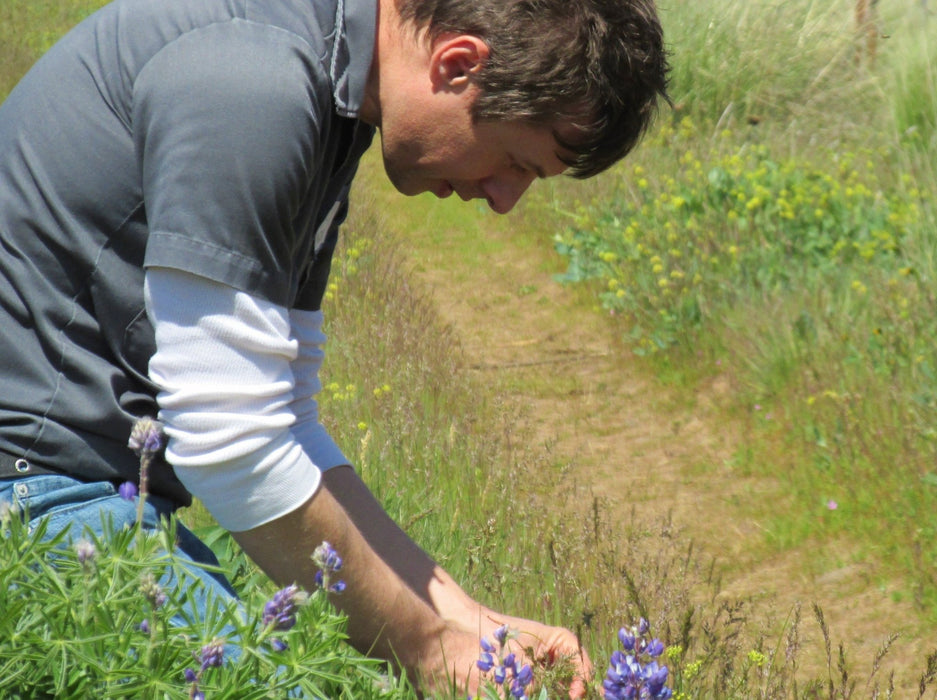
One-on-One Technical Guidance
Scheduled a video meeting time for technical support
in the design, installation, and management of meadow landscapes
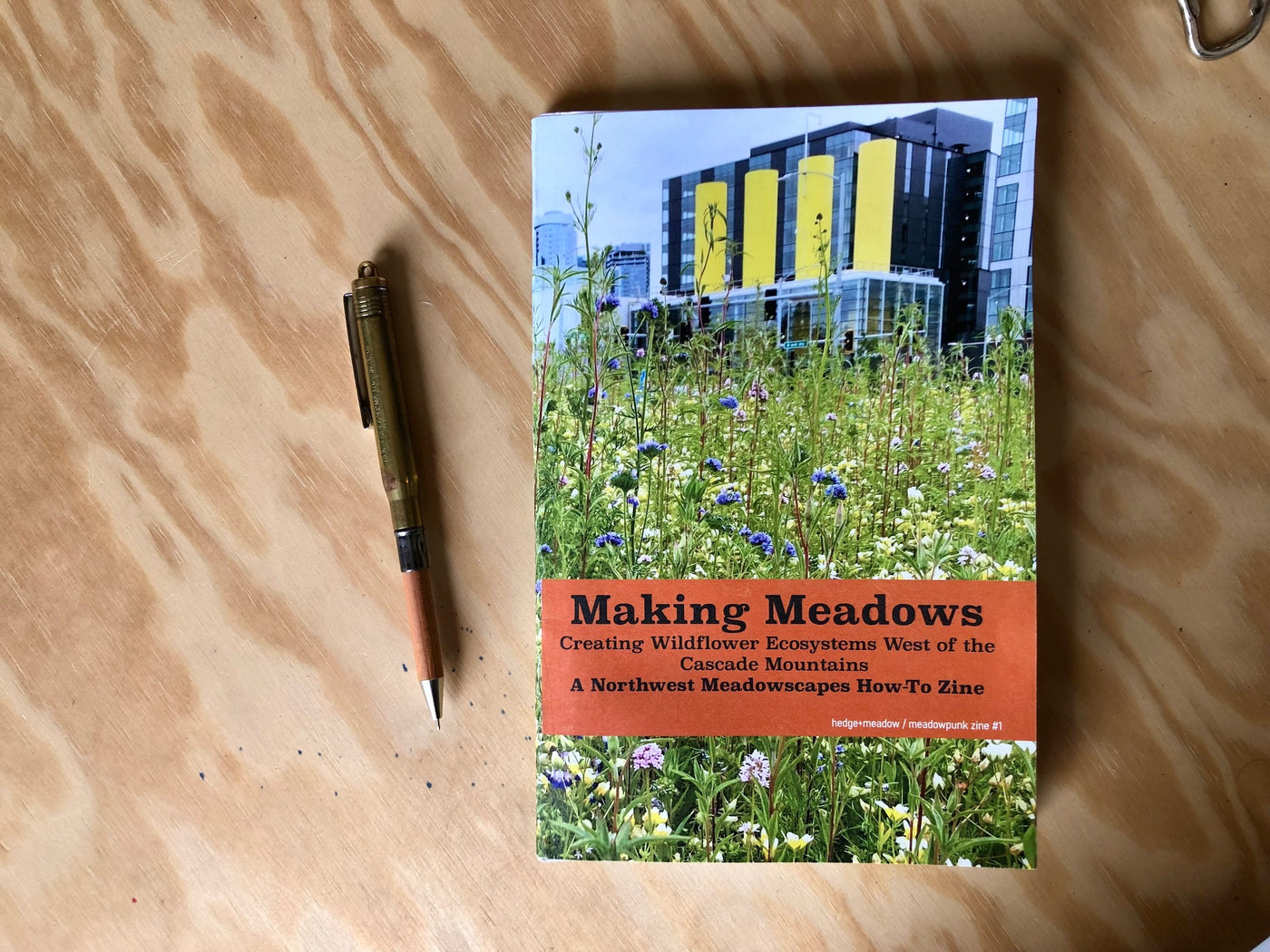
Everything you need to know to create, manage, and sustain your own wildflower ecosystem
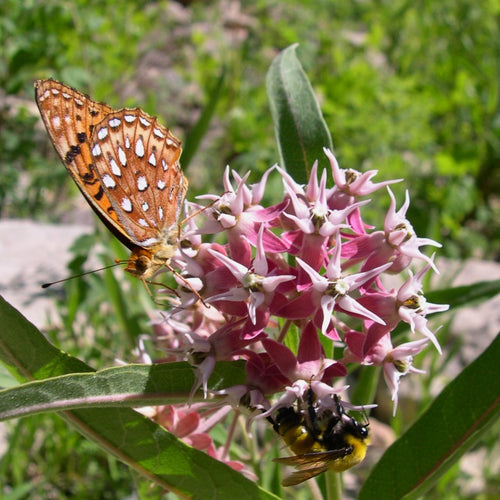
We’ve gotten so many requests over the years for an easy-to-grow seed mix that defies deer, that we finally had to dig in and create one. For a fu...
View full detailsAttract bees, butterflies, hummingbirds, and beneficial insects with this dramatic wildflower show. The combination of native annuals and perennial...
View full detailsThis is a mix for the expansive and splendid lands from the eastern slope of the Cascades to the western fringes of the Great Plains – from inland ...
View full detailsA nearly native turf mix for people and pollinators. Responding to occasional requests for a low-growing meadow mix that can be used for low-traff...
View full detailsCover large sites economically, support pollinators and wildlife, even suitable for grazing! With our most diverse mix of native grasses ever, as w...
View full details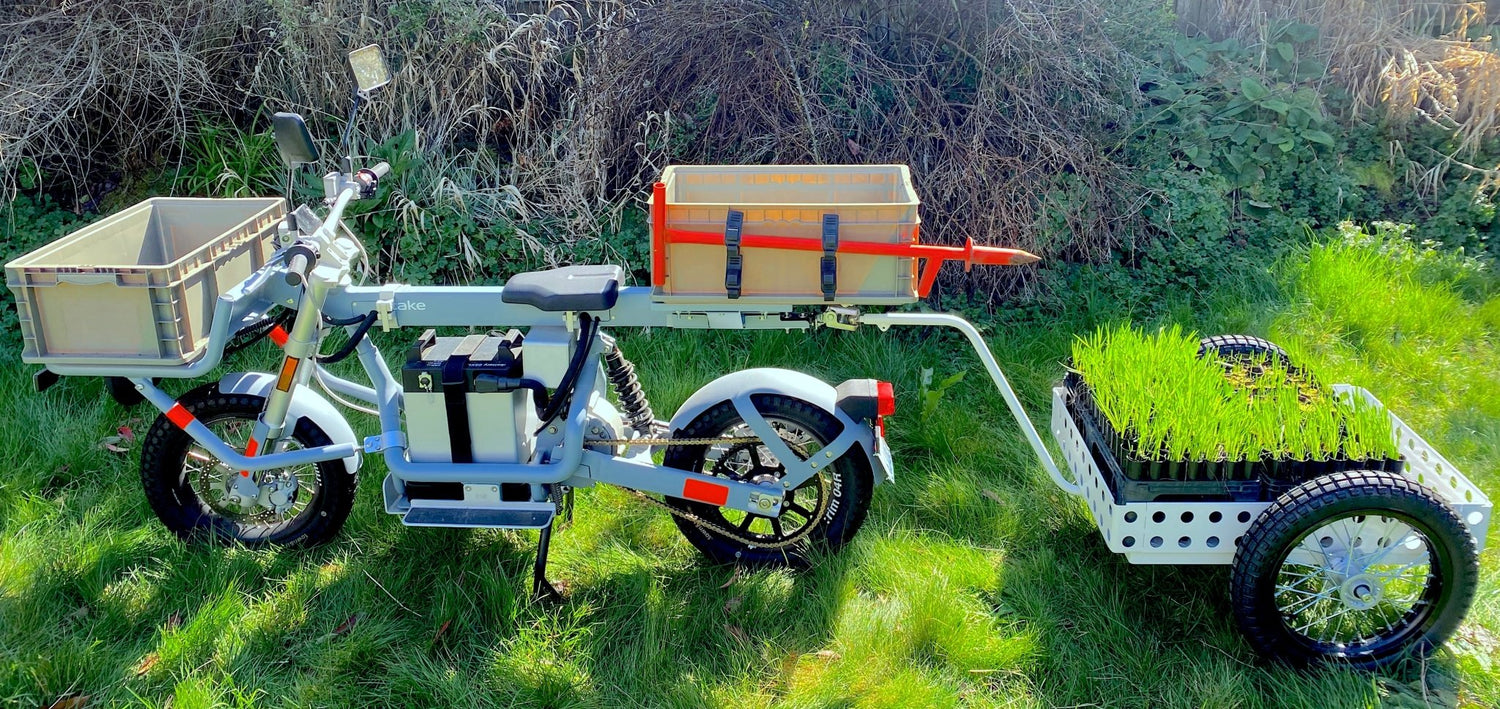
We've outgrown our electric utility motorcycle -- check it out if you are looking for an amazing transportation system that can haul gear in all kinds of environments.
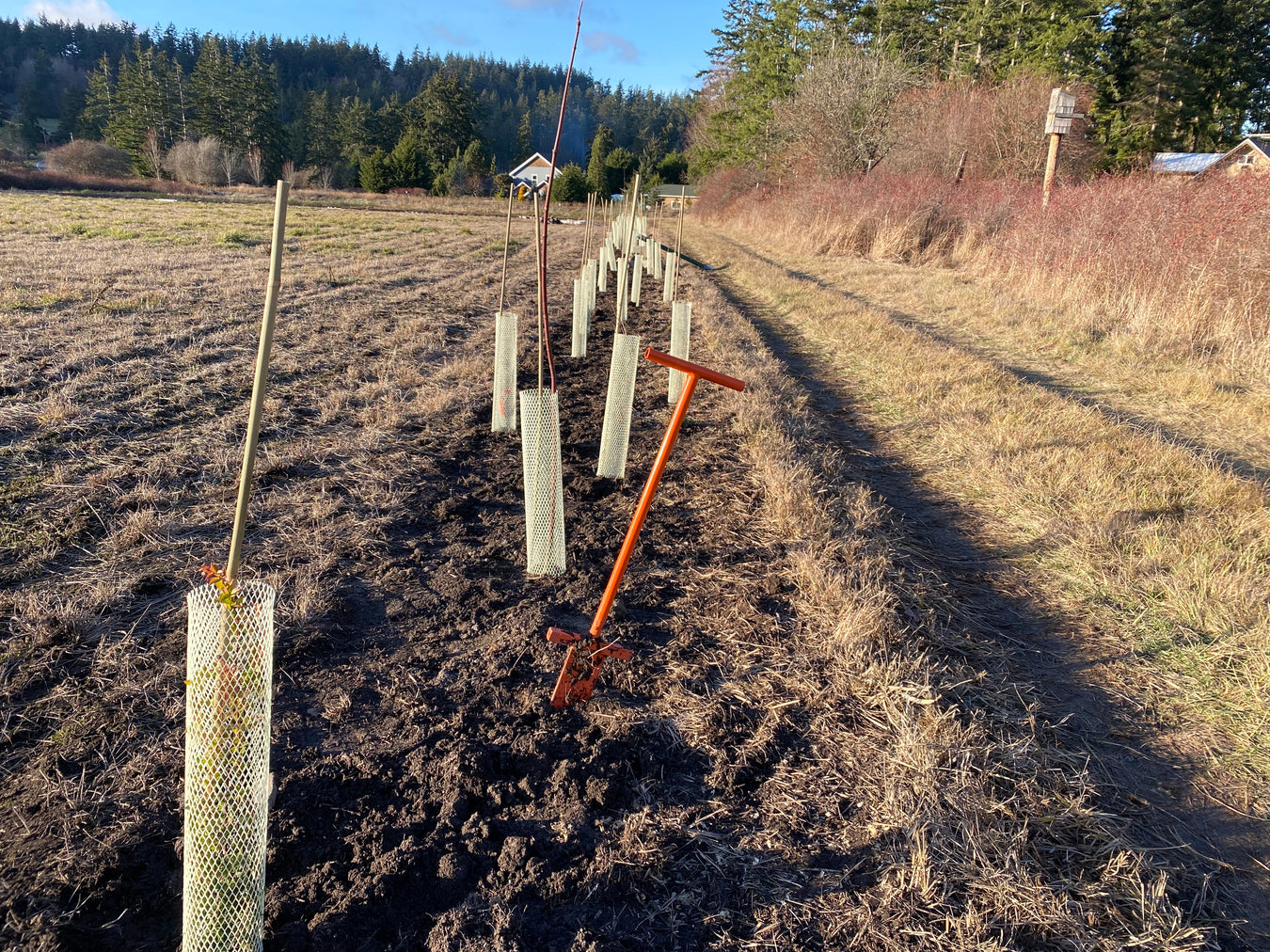
Connect with us for project support with meadows, grasslands, prairies, or hedgerows. We have more than two decades of nationwide work in ecological reclaimation in urban and rural, private, and public space landscapes
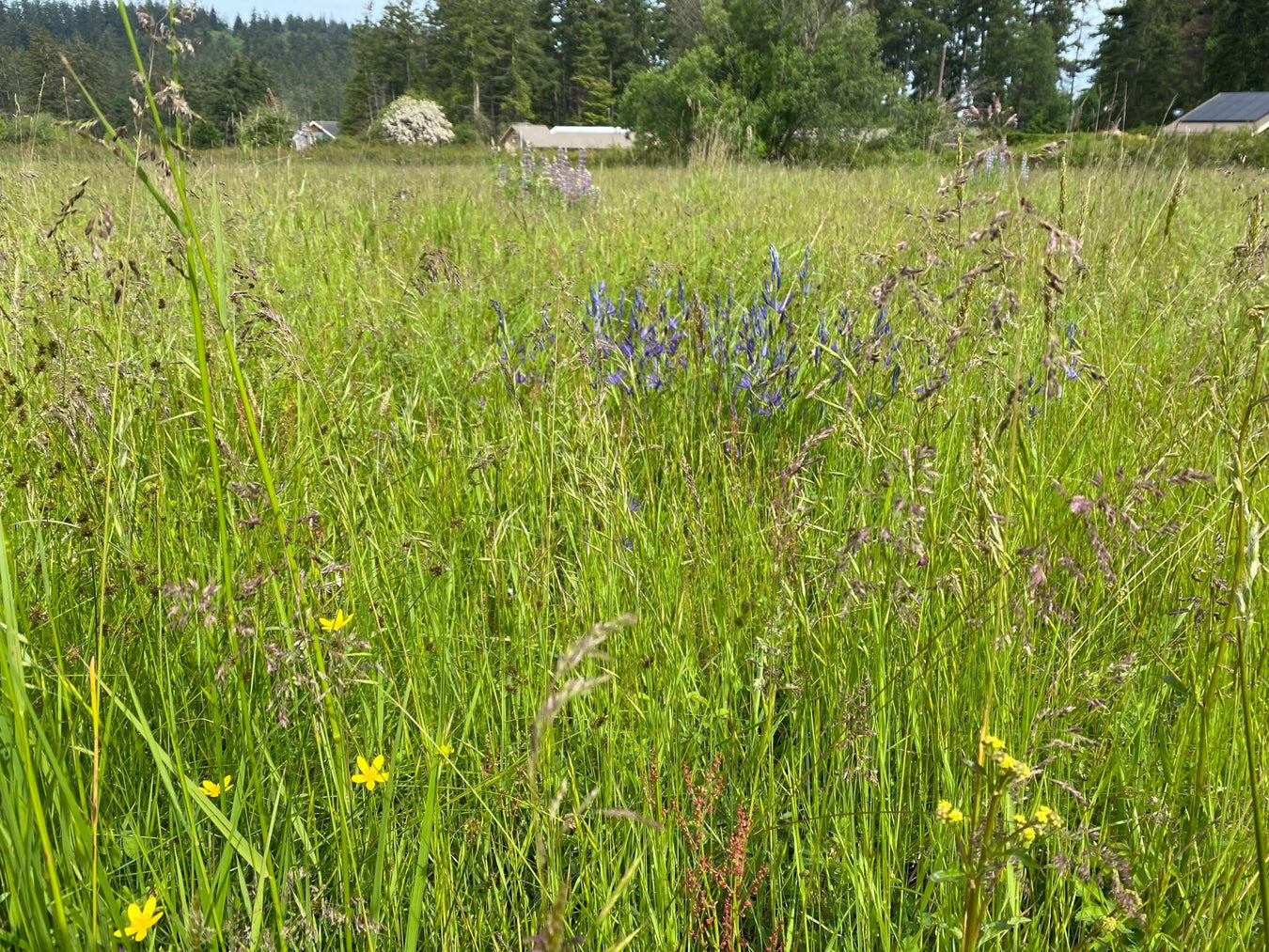
Add wildflowers to existing grassy areas
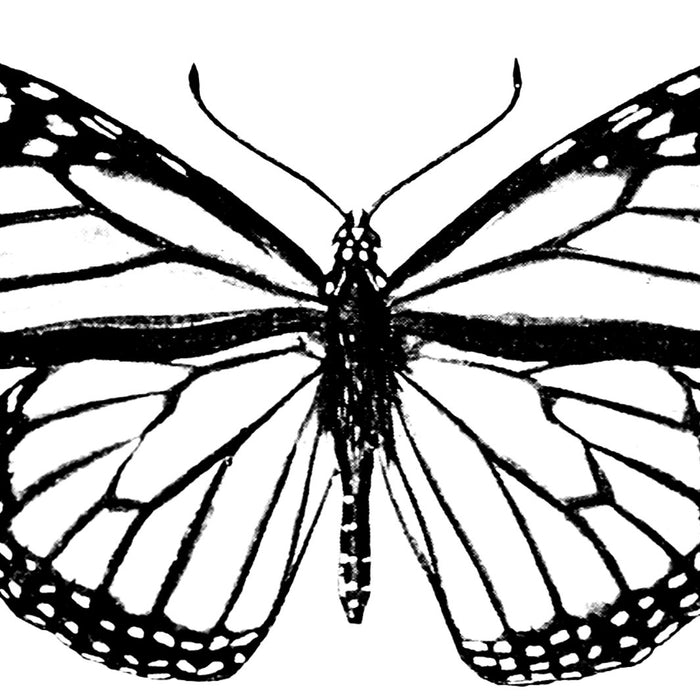
Note: If you find this information useful, please sign up for our email mailing list on the bottom of this page. --- The Milkweed Lands The milkweeds of my childhood were ditch weeds. In the 1970s and 80s they were...
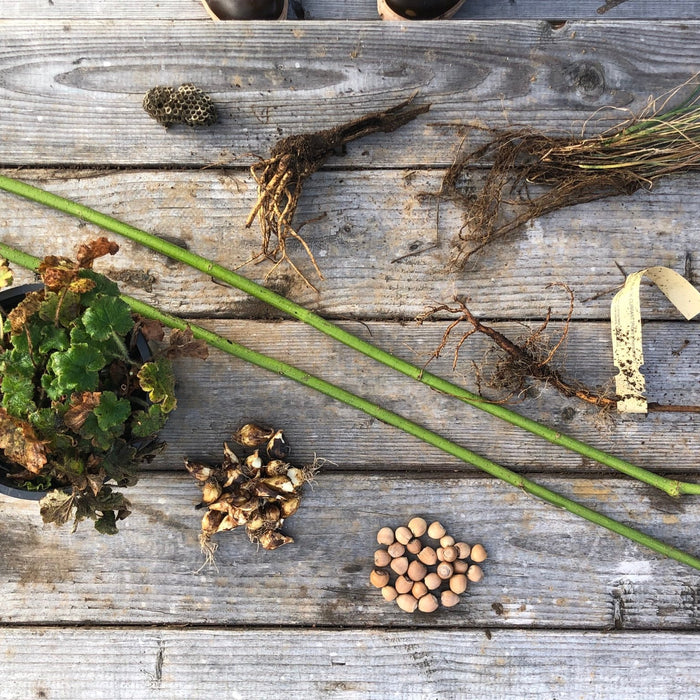
As the end of the year closes in, we would like to thank you – our customer-friends – for your support. The work you do to bring interesting masterpieces and fragments of nature to our shared surroundings makes the world...
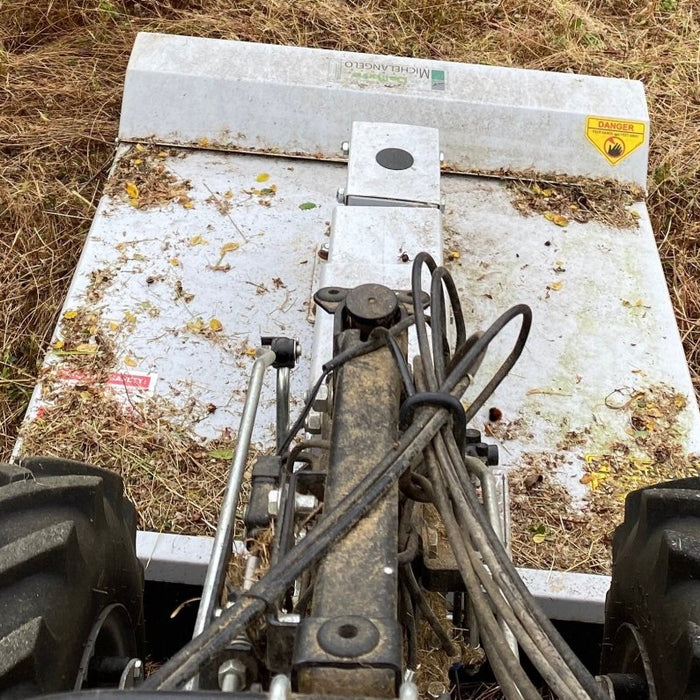
October is the month of foggy mornings. Of vast dew-covered spider webs tangled in the hedgerows. It’s the month of field cutting. Of meadow management. There’s a common assumption that you can plant a meadow and then just ignore things....

Northwest Meadowscapes is the only Bee Better Certified native seed farm in the United States. We do not use any insecticides in our operations, and we work to build and maintain habitat for wildlife across our entire farm operation. Find out more about Bee Better at beebettercertified.org